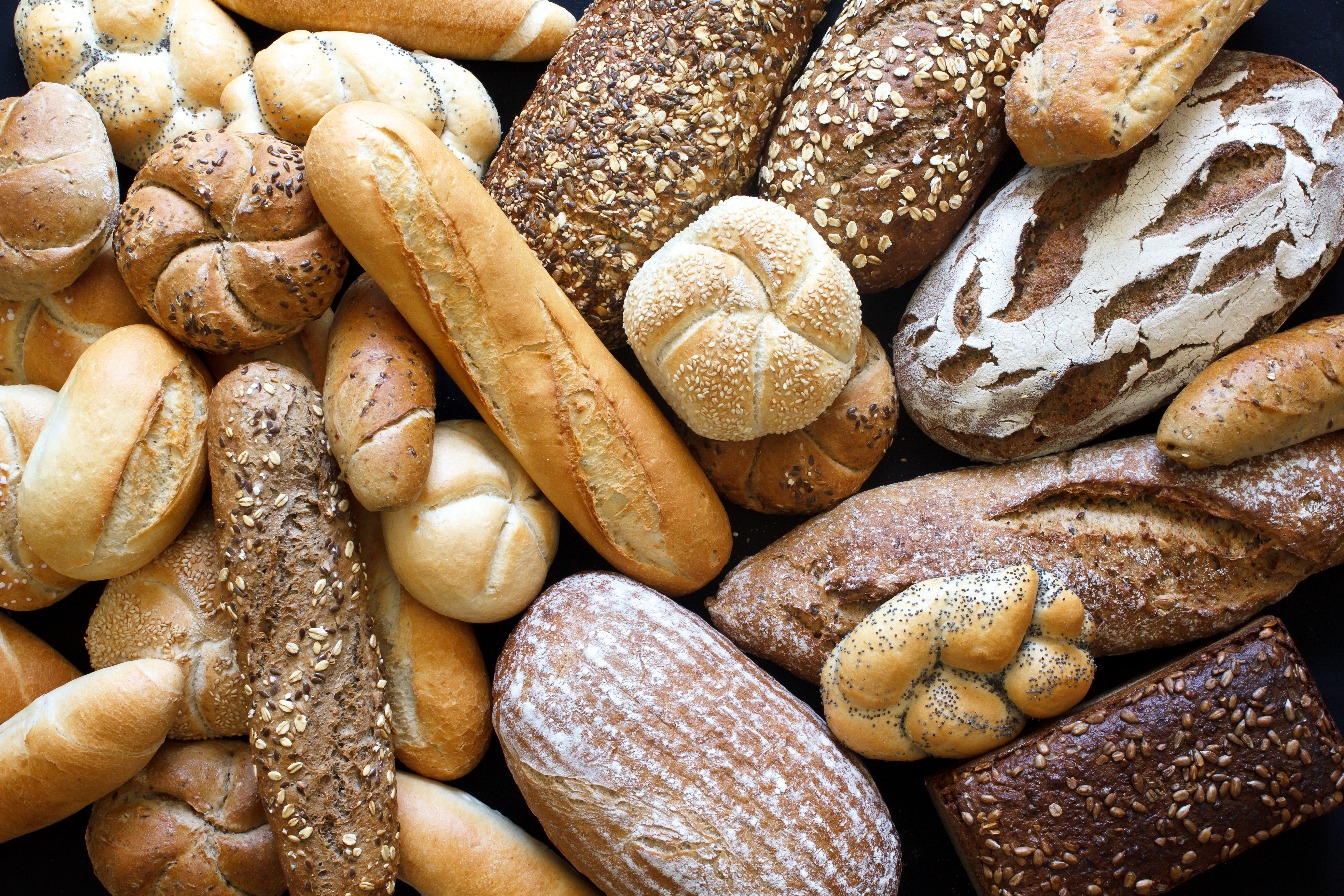Society has trained us from a very early age to have a basic understanding of what is ‘healthy’ and what is an indulgence. One of the most common conceptions regarding healthy eating is based around the difference between whole wheat bread and white bread. It is common knowledge growing up that eating whole wheat products are the healthy way to go—but do we really understand why?
Today eco18 is going to be taking a look at the difference between Wheat vs. White, and understanding the different health benefits of both options.
What’s the Fundamental Difference?
When comparing whole wheat bread to white bread, there are really 2 components that cause major differences—and those components are ‘the bran’ and ‘the germ’. Both wheat and white breads are made from something called “wheat berries,” which have 3 layers: the bran, the germ and the endosperm. This is where the major difference comes in. White bread is processed in a way that strips away the bran and the germ, leaving only the endosperm. Meanwhile, wheat bread consists of all 3 layers, which results in vastly higher levels of fiber, vitamin B6, vitamin E, magnesium, zinc and more.
While this doesn’t necessarily mean that white bread is bad for you, it does mean that it lacks the rich nutrients that can be found in whole wheat bread. It is also important to note that because white bread is stripped of most of its fiber, there is potential for it to cause a spike in your glucose levels which can lead to a potential future weight gain.
And while wheat bread is indeed full of healthy fibers and nutrients, it is important to remember that store bought bread -wheat or white- is generally packed with preservatives and stabilizers that help it achieve a longer shelf life.
All in all, we’re supportive of the good ol’ phrase “everything in moderation”. Neither wheat nor white bread will kill you, but it’s important to know that choosing a whole wheat or whole grain option will supply you with a number of healthy vitamins, minerals and nutrients that you may not be getting out of a standard processed white loaf.
If you’re interested in amplifying the health benefits of your bread, we fully recommend making your own and adding in seeds, nuts and other yummy goodies to make your next batch of bread full of healthy benefits and even more flavor. Here are a few recipes to check out:
Half Baked Harvest Seeded Whole Grain Breakfast Bread
Minimalist Baker Easy Homemade Wheat Bread
My New Roots Life-Changing Loaf
 Food
Food Farmers
Farmers Sustainable Living
Sustainable Living Living Planet
Living Planet News
News